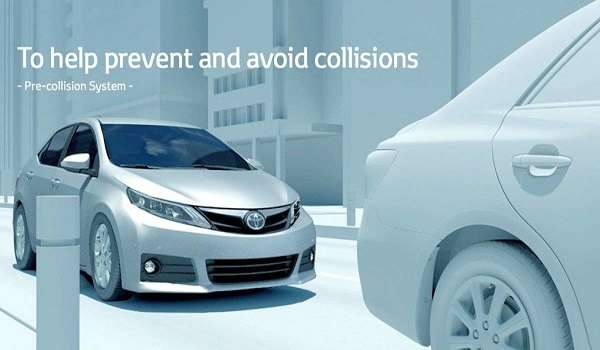
Just as crumple zones have transformed how cars react in accidents, auto safety features have evolved to protect drivers from life-threatening injuries. Here are some popular tech upgrades that could help avoid collisions and lower auto insurance premiums.
Adaptive cruise control systems1 utilize radar or cameras to maintain a safe distance between you and vehicles ahead. In addition, these systems can detect pedestrians and automatically brake for you if necessary. Always know about the following, as highlighted by a highly experienced car accident lawyer.
Blind Spot Detection
This feature keeps an eye on any areas that you cannot see through your side-view mirrors, alerting you when another vehicle enters your blind spot. Choose from systems that only alert with blinking lights or those which also offer steering assistance as an added feature.
These systems utilize radar, sonar or camera data to monitor vehicles in your blind spots. More advanced systems can even identify vehicles’ rear ends as well as their relative positions relative to your own.
Volvo pioneered this tech, with their BLIS with Steering Assist technology being one of the most advanced options on the market. This system can even help drivers avoid collisions when backing out of parking spaces by sounding an alert and automatically braking for them.
Lane Departure Warning
A camera in your windshield monitors the striped and solid lines that delineate your car’s lane, and alerts you if it detects unintended veering out of it by providing visual, audible or haptic (e.g. steering wheel vibration) warnings.
Lane departure systems can help decrease rates of head-on, sideswipe and single vehicle collisions caused by drivers drifting outside their lanes of travel. Furthermore, according to the Insurance Institute for Highway Safety these systems may also help mitigate crash severity.
Some systems, like Mazda’s, can take action automatically if you fail to react to warnings. They nudge the steering wheel in an appropriate direction if this does not occur.
Rear Cross-Traffic Alert
Rear Cross-Traffic Alert (RCTA) utilizes sensors to monitor for approaching vehicles when you are in reverse gear and beginning to reverse out of a parking space or driveway. If any vehicles are near, an alert icon will appear in both side mirrors with audible warning.
RCTA technology works best when used when backing straight out of a space or driveway and not at an angle. While this technology can provide assistance when driving in reverse, it cannot replace driver awareness. Some systems even feature rear cross-traffic braking which automatically brakes if your car comes too close to another approaching vehicle or pedestrian.
Adaptive Cruise Control
Adaptive cruise control (ACC) is an automated version of regular cruise control that keeps a safe distance between cars in front of you and you. Utilizing sensors such as cameras and radar equipment, ACC monitors the road ahead and adjusts your car’s speed automatically so you can remain focused on steering rather than being distracted by autopilot technology.
Drivers can customize how close or far their vehicle should be from the one ahead of them depending on the system they’re using, with some using predictive data from sensors to predict nearby vehicle actions, such as when they might change lanes.
These features add both convenience and safety to your driving experience, but it’s essential that you understand how they operate and when to utilize them.
Forward-Collision Warning
Forward collision warning scans the road and warns when your speed or proximity approaches that of slower or stopped cars ahead. Depending on the system used, it may even detect other vehicles and pedestrians (but make sure you read your owner’s manual to find out exactly what it can detect). Warnings come in various forms – visuals, sounds or vibrations in the seat as a combination or independently.
Alerts from FCW may seem like “electronic nannies”, but they can help drivers avoid crashes. According to data from the Insurance Institute for Highway Safety, FCW can reduce rear-end crashes by 27 percent. You can set how close vehicles need to be before alerting you with controls on your steering wheel or menu settings (usually far, medium, and near). You can also turn this feature off.
Rearview Camera
Backup cameras allow drivers to see objects directly behind their vehicles, helping them avoid accidentally backing over people when not wearing rearview mirrors or with tinted windows.
These systems typically display a mirrored image on a monitor and use wide-angle or fisheye lenses to cover more of the vehicle’s rear area. A variant called a surround view camera or panoramic camera combines multiple wide-angle cameras into an immersive 360 degree virtual top-down view of its surroundings.
These features can be useful, but their effectiveness only becomes clear if they’re actually put to use. Even if they’re not used regularly, it remains crucial that drivers pay close attention to the road at all times and keep an eye out for dangers on it.



